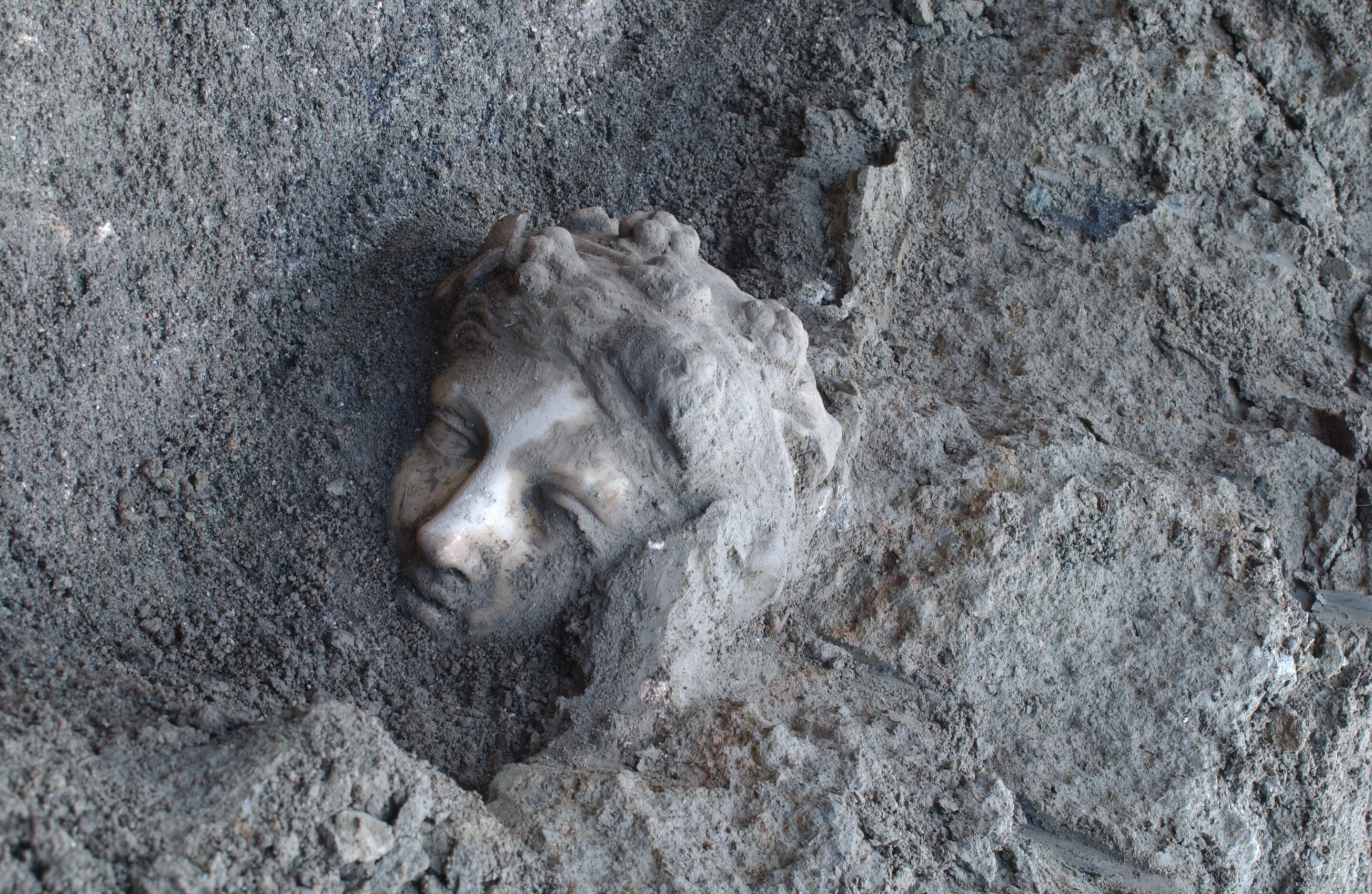An exciting discovery has been made by a team of archaeologists, led by experts from the University of Tokyo, who have uncovered a section of a Roman villa dating back to before the middle of the first century. Situated near Nola in the Campania region of southwestern Italy, this villa was found beneath a structure from the 2nd century, adding to its historical significance.
This find is particularly noteworthy as it challenges the belief that only areas south of Vesuvius, such as Pompeii and Herculaneum, were heavily affected by ancient disasters. The villa’s location in the valley of Somma Vesuviana to the north provides new insights into the impact of historical events on the region.
In 1929, a farmer stumbled upon a buried building in a field, sparking initial interest in the site. However, it wasn’t until 2002 that the University of Tokyo initiated a comprehensive excavation project in collaboration with local experts to uncover the villa’s secrets. Since then, a wealth of Roman artifacts, stunning marble statues, intricate wall paintings, stucco reliefs, and mosaics have been unearthed, shedding light on the villa’s grandeur.
“Excavations around Mount Vesuvius have been ongoing for centuries, revealing buried treasures beneath the volcanic ash from the catastrophic eruption in A.D. 79,” explained Kohei Sugiyama, an archaeologist from the University of Tokyo’s Institute for Advanced Global Studies.
2024-04-27 00:51:02
Post from phys.org
